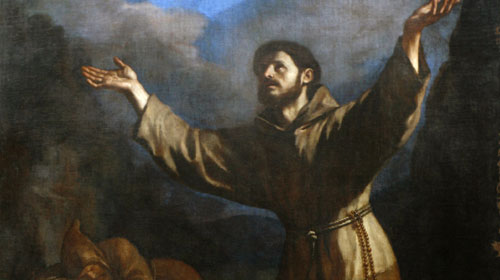Affections and Visions. Art and Counter-Reformation

The symbol of this artistic approach is the ecstasy epitomized by Bernini’s famous Saint Teresa, in Rome. The Counter-Reformation and the Council of Trent arose from the need to reconquer huge areas of Europe converted by the Reformation. The Propaganda Fidae favoured what was an independent, Late-Renaissance art movement. Caravaggio narrowed the distance between the humble and the divine, with “dirty-footed” peasants approaching religion. Baroque, the style that exploded in 1630, unleashed all its persuasive skills on depicting suffering and sentiment. The Counter-Reformation and Baroque had realized that humanity was moved by passion and that people lived by symbols. A stunning biblia pauperum was produced by the artists who were specialists in this persuasion.





